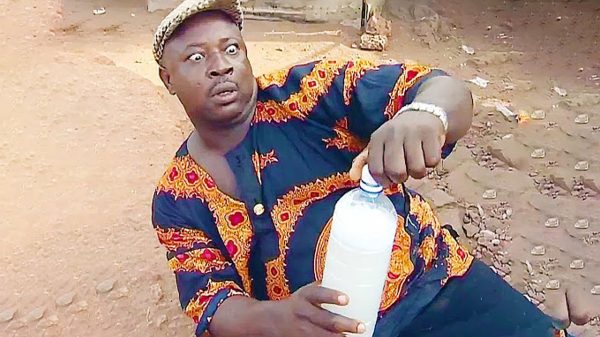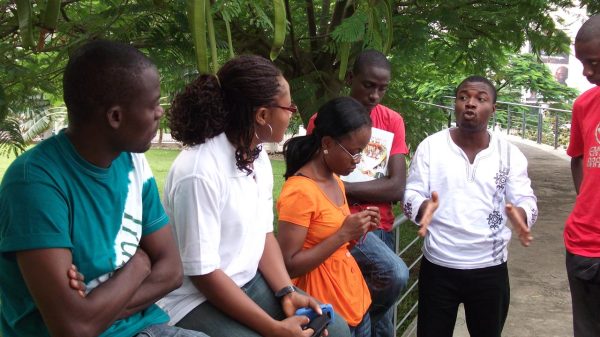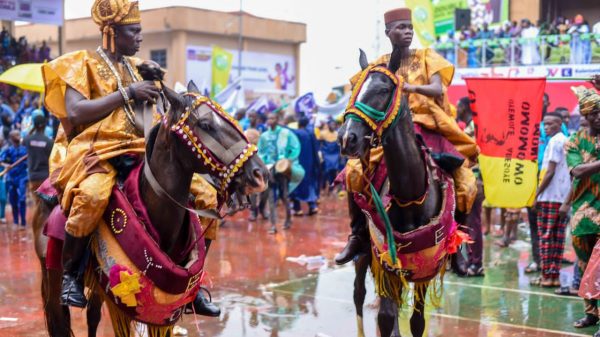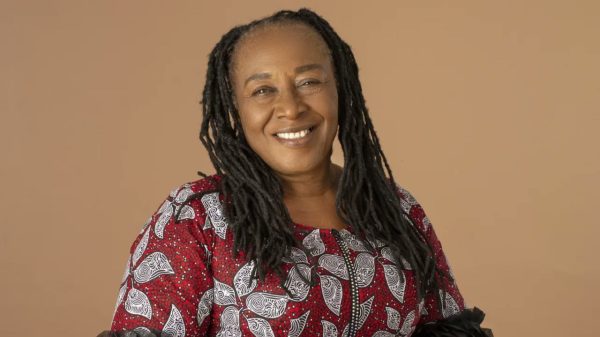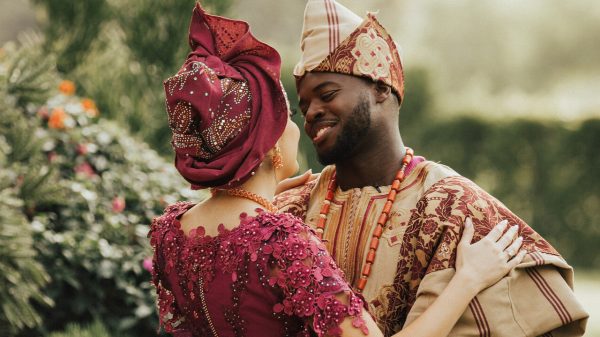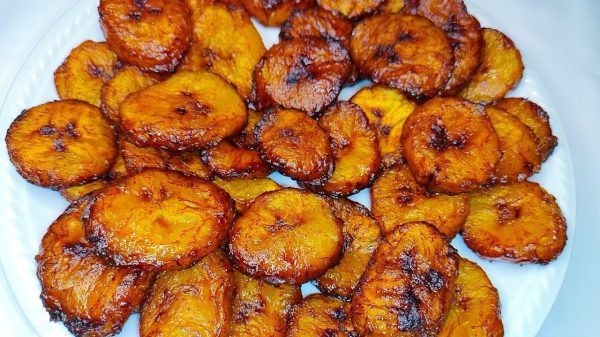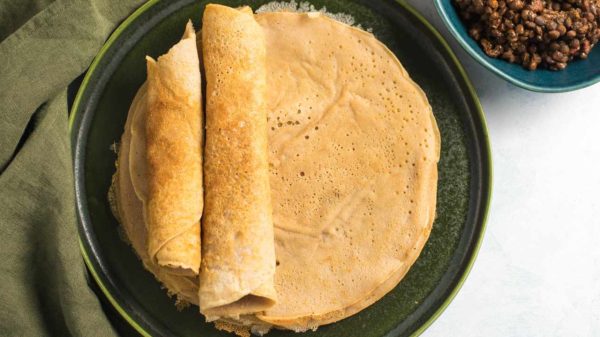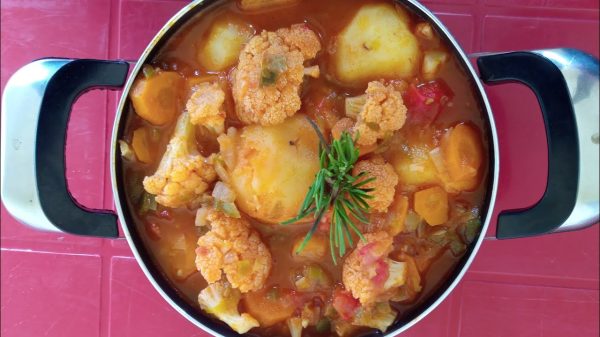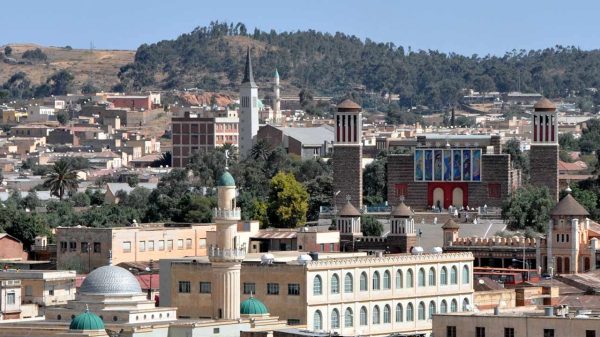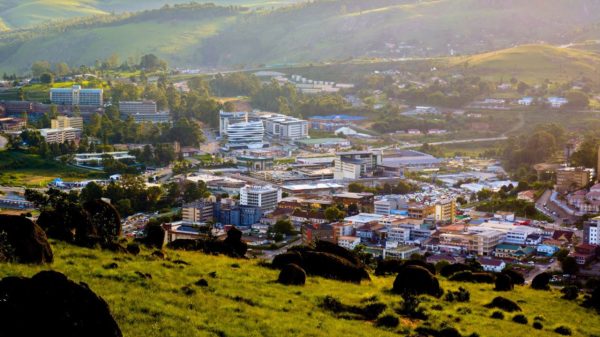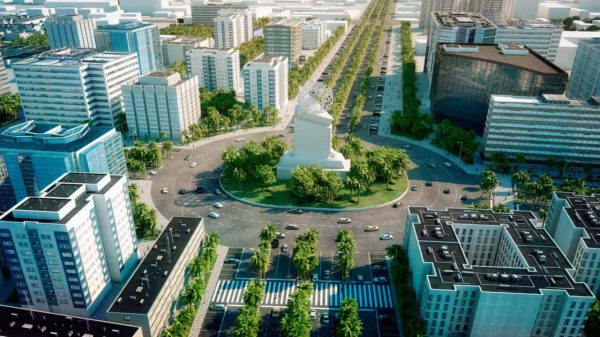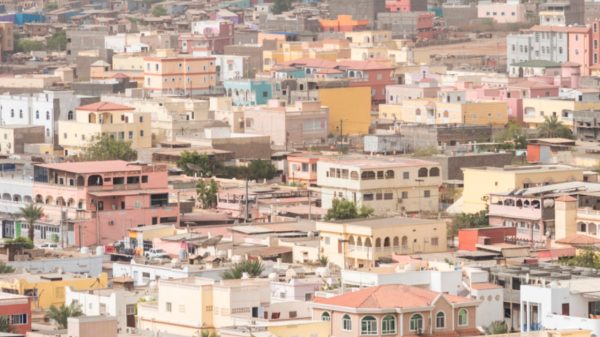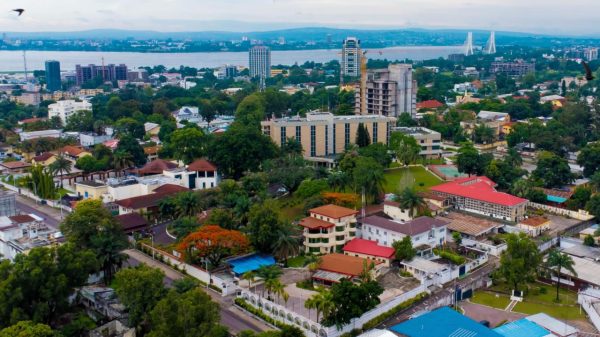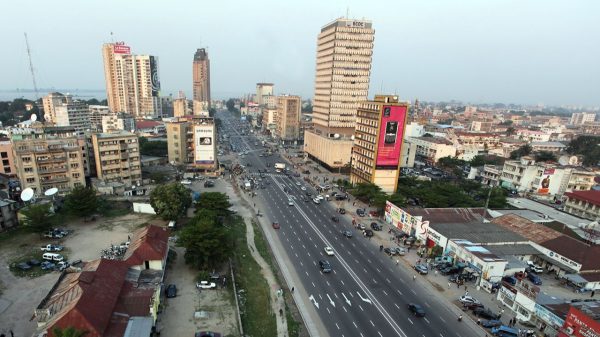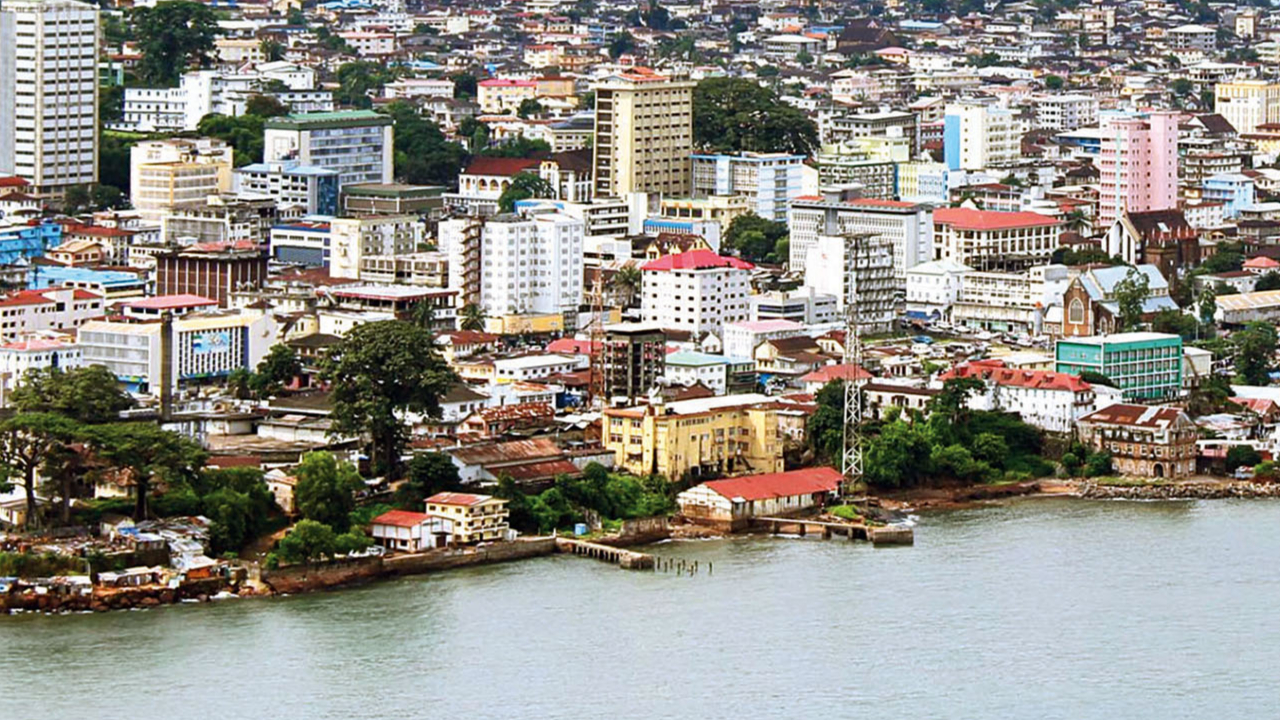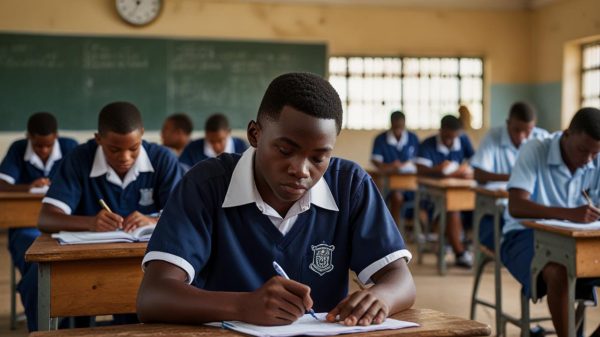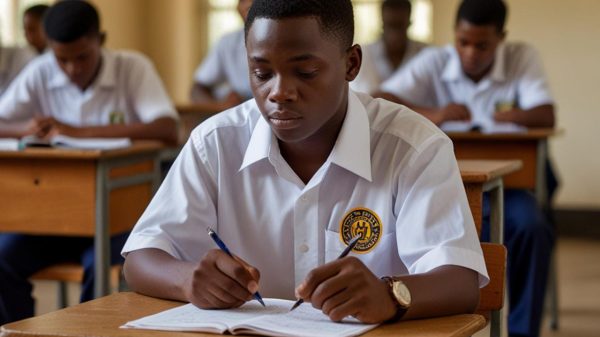Sierra Leone, located on West Africa’s Atlantic coast, is a nation rich in history and natural beauty.
Its name, “Sierra Leone,” translates to “Lion Mountains,” a reference to the impressive hills surrounding Freetown Harbour. The capital city, Freetown, boasts one of the world’s largest natural harbors. Despite a tumultuous past marked by a devastating civil war from 1991 to 2002, Sierra Leone has made significant strides in rebuilding and development. Today, it stands as a testament to resilience, offering lush landscapes, diverse wildlife, and a vibrant cultural heritage.
1. Sierra Leone’s Name Means ‘Lion Mountains’
The name “Sierra Leone” originates from the Portuguese term “Serra Lyoa,” meaning “Lion Mountains.” This name was bestowed by Portuguese explorer Pedro da Sintra in the 15th century, inspired by the hilly terrain surrounding the Freetown Peninsula. The mountainous landscape has significantly influenced the country’s culture and identity.

2. The Krio Language Bridges Cultures
Krio is an English-based Creole language widely spoken in Sierra Leone. Developed by descendants of freed slaves from the Americas and other African regions, Krio incorporates elements from English and various African languages. It serves as a unifying medium, allowing communication across the country’s diverse ethnic groups.
3. Bunce Island’s Historical Significance
Bunce Island, located in the Sierra Leone River, was a significant British slave-trading post from the late 17th to early 19th centuries. The island’s castle facilitated the export of tens of thousands of Africans to North America as slaves. Today, it stands as a poignant reminder of the transatlantic slave trade’s impact.
4. The Cotton Tree: A Symbol of Freedom
Freetown’s iconic Cotton Tree, estimated to be over 500 years old, holds deep cultural significance. Established in 1792, the city became a haven for freed slaves from England and the Americas. The tree symbolizes freedom and hope, marking the city’s origins as a sanctuary for liberated individuals.
5. Sierra Leone’s Rich Biodiversity
Home to diverse wildlife, Sierra Leone boasts species such as chimpanzees, pygmy hippos, and various bird species. The Tacugama Chimpanzee Sanctuary near Freetown plays a crucial role in rescuing and rehabilitating orphaned and injured chimpanzees, contributing significantly to conservation efforts.
6. The Giant African Snail: A Notable Resident
The Giant African Snail, native to Sierra Leone, is among the largest land snails globally, reaching lengths of up to 20 cm (7.8 inches). In 1976, a specimen measuring 15.5 inches was recorded, earning it a place in the Guinness Book of World Records. Locally, these snails are consumed as a delicacy.
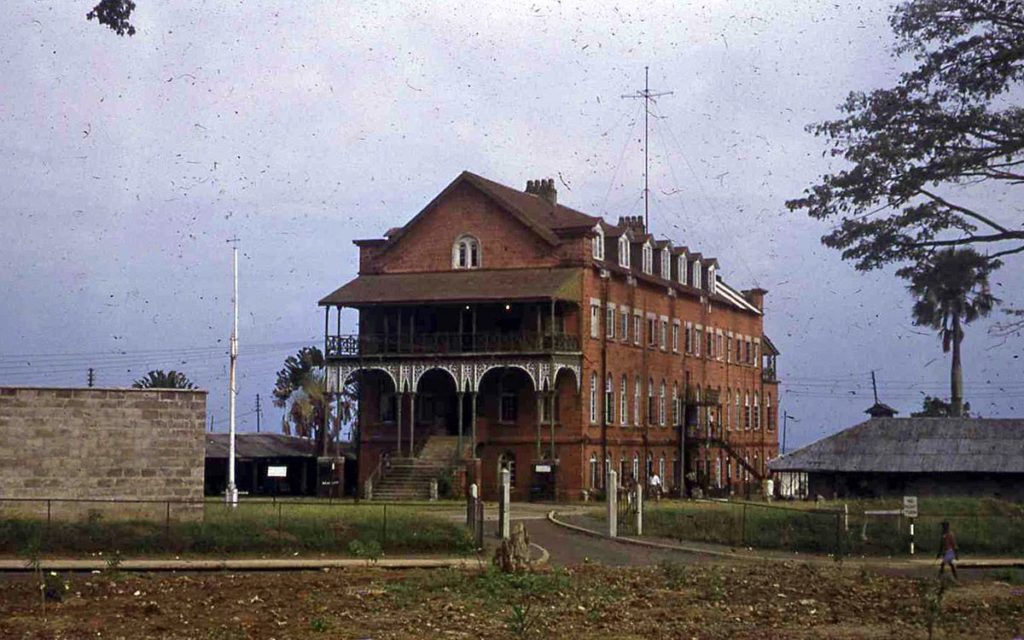
7. Fourah Bay College: A Beacon of Learning
Established in 1827, Fourah Bay College in Freetown is the oldest university in West Africa. It has played a pivotal role in providing higher education to Africans, serving as a gateway to advanced studies on the continent.
8. Tiwai Island’s Rainforest Sanctuary
Tiwai Island, situated on the Moa River, is a protected rainforest reserve. It hosts one of West Africa’s richest ecosystems, with over 700 plant species and diverse wildlife, including endangered primates and pygmy hippos, making it a prime ecotourism destination.
9. The Mende and Temne: Major Ethnic Groups
Sierra Leone’s population is ethnically diverse, with the Mende (35%) and Temne (31%) being the largest groups. Each group has distinct languages, cultures, and traditions, contributing to the nation’s rich cultural tapestry.
10. The Star of Sierra Leone: A Gem of Note
Discovered in 1972, the Star of Sierra Leone is the world’s fourth-largest diamond, weighing 969 carats. This remarkable gem highlights the country’s rich mineral resources and has significantly influenced its economy and global image.
11. The Absence of UNESCO World Heritage Sites
As of now, Sierra Leone does not have any UNESCO World Heritage Sites. However, the Gola-Tiwai complex was included in the tentative list in 2022, indicating potential for future recognition.
12. Secret Societies
In Sierra Leone, traditional secret societies such as the Poro (for men) and Bondo (for women) play significant roles in the social, religious, and political life of many communities. The Poro society, primarily among the Temne and Mende ethnic groups, serves as a rite of passage for boys entering adulthood, imparting cultural knowledge, moral values, and societal laws. The Bondo society, on the other hand, initiates girls into womanhood, teaching them traditional dances, chants, and spiritual practices.
However, it’s important to note that some Bondo initiation rites have historically included female genital mutilation, a practice that has been a subject of significant ethical and human rights debates. Both societies are shrouded in secrecy, fostering a deep sense of identity and belonging among members, and reinforcing social cohesion and the preservation of cultural heritage. While these societies have traditionally held substantial influence, their practices have also faced scrutiny and criticism, particularly concerning human rights issues like female genital mutilation. In contemporary Sierra Leone, there is an ongoing dialogue about balancing the preservation of cultural traditions with the protection of individual rights and well-being.
13. Freetown’s Natural Harbour
Freetown Harbour is Africa’s largest natural harbour and the world’s second-largest after Sydney’s. Its strategic location has historically made it a vital hub for trade and commerce, influencing the development of the city and the nation.
14. The Prominence of Rice in the Diet
Rice is the staple food in Sierra Leone, featured in nearly every meal. It’s commonly served with stews made from cassava leaves, dried fish, peanuts, and other ingredients, reflecting the country’s agricultural practices and cultural preferences.
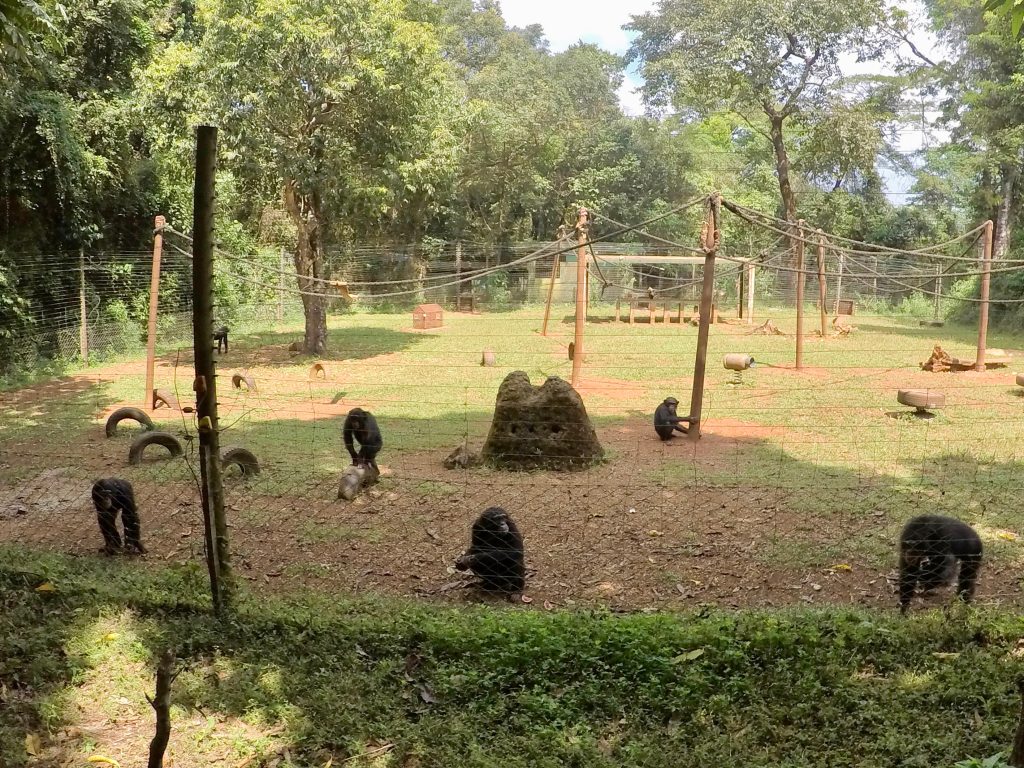
15. Chimpanzee Haven
Sierra Leone’s national animal, the chimpanzee, holds a special place in the nation’s heritage. The Tacugama Chimpanzee Sanctuary, located near Freetown, serves as a vital refuge for orphaned and injured chimpanzees. Established in 1995 by conservationists Bala and Sharmila Amarasekaran, the sanctuary spans 100 acres within the Western Area Peninsula National Park. It provides a safe haven for over 100 chimpanzees, offering rehabilitation and care to those rescued from illegal pet trades, poaching, or abandonment. Tacugama also engages in community outreach and conservation education, striving to protect the remaining natural habitats of Sierra Leone’s western chimpanzee population.
Subscribe to our Newsletter
Stay updated with the latest trends in African Pop Culture!

